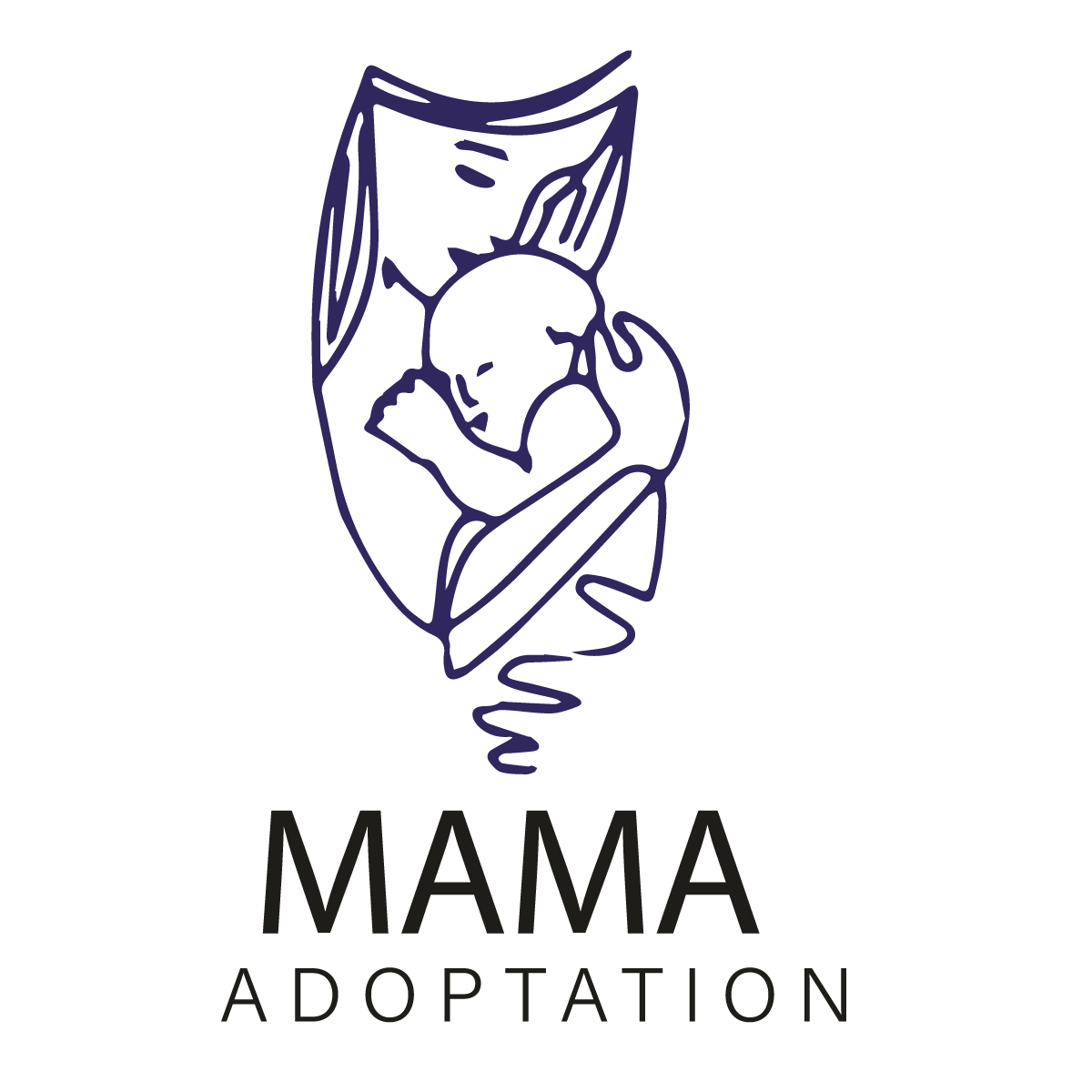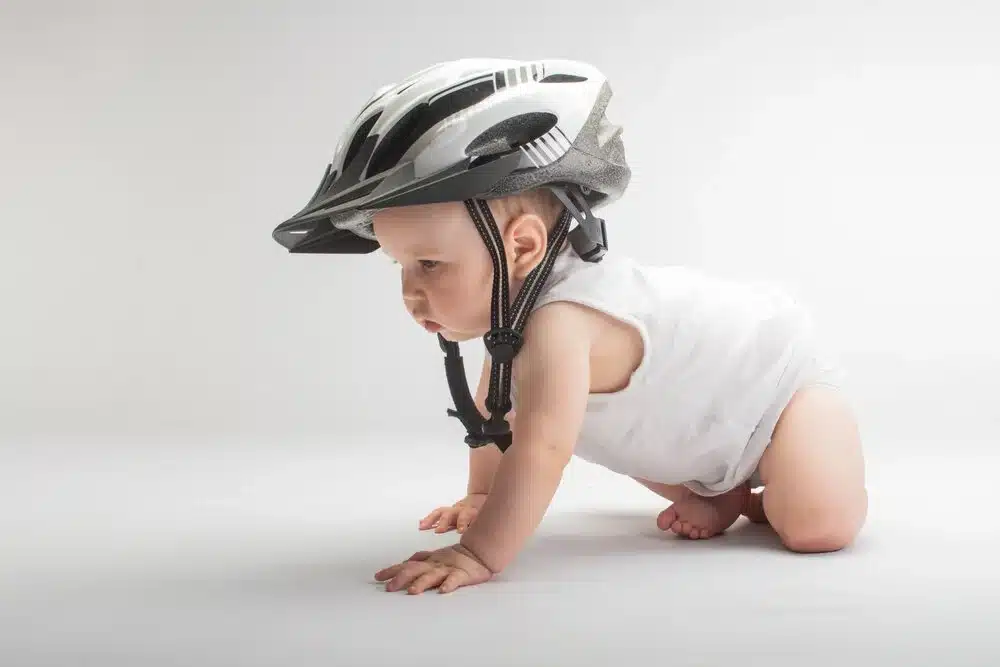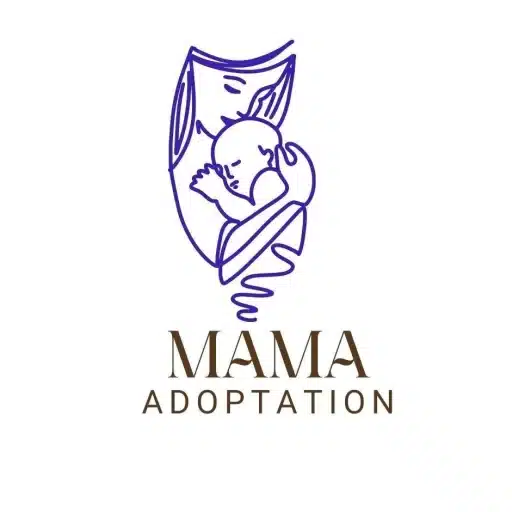Crawling is a significant milestone in a baby’s journey to explore the world around them. Seeing your baby reach those developmental milestones is a thrilling experience. When your little one starts to crawl, it’s a sign of growing independence and curiosity. As infants start to become more mobile, parents naturally become concerned about their safety. In recent years, a debate has arisen regarding the use of helmets for crawling babies. Do crawling babies need helmets, or is it an unnecessary safety measure?
- The Role of Helmets for Baby
- Understanding The Crawling Stage
- The Safety Of Crawling
- The Debate Over Baby Helmets
- Expert Opinions
- Do Crawling Babies Need Helmets?
- Why Helmets Are Not Needed for Crawling Babies
- Crawling Baby Falling and Hitting Head on Floors
- Creating A Safe Environment
- Alternative To Crawling Helmet
- Conclusion
- FAQs
This article will delve into the reasons behind this concern and provide insights into whether crawling babies require helmets.
The Role of Helmets for Baby
Since their primary purpose is to shield the skull from impact, helmets are necessary for sports like contact MMA, cycling, and skateboarding. When there’s a chance of falling or hitting something, they’re essential. Nevertheless, when it comes to babies who are crawling, things are different.
Understanding The Crawling Stage
A vital developmental stage that usually starts when kids are six to ten months old is crawling. Babies are improving their sense of spatial awareness and learning to coordinate their movements throughout this time. Through crawling, they can strengthen their muscles, learn vital motor skills, and investigate their surroundings.
The Safety Of Crawling
Crawling is typically seen as safe as long as it is done on a level, and secure, parents can take precautions to maintain a safe crawling environment for their children.
The Debate Over Baby Helmets
In recent years, the concept of baby helmets has gained popularity, with some parents opting to use them as an additional safety measure. Helmet proponents contend that wearing one could shield infants’ heads from harm when they fall. However, conventional medical advice does not support this approach.
Expert Opinions
Helmet use for crawling newborns is discouraged by pediatric doctors and organizations like the American Academy of Pediatrics (AAP). According to these specialists, babies learn about risk, gain spatial awareness, and enhance their motor abilities during the crawling stage. They contend that a baby’s normal learning process may be disrupted and development may be hampered by wearing a helmet.
Do Crawling Babies Need Helmets?
As mentioned in the previous paragraph, in recent years, there has been a debate about whether crawling babies should wear helmets. While helmets are essential for certain activities like biking or skateboarding, they may not be necessary for crawling. Crawling is a crucial developmental milestone that helps babies build strength and spatial awareness. Most experts do not recommend helmets for crawling babies and emphasize the importance of creating a safe environment instead. Helmets may limit a baby’s natural learning process during this important phase. Always consult with your pediatrician for guidance on your baby’s safety and development.
Why Helmets Are Not Needed for Crawling Babies
Babies go through a critical developmental stage when they crawl, which aids in the development of vital motor skills and spatial awareness. While there has been discussion over the use of helmets for crawling newborns, most experts advise against it. Helmets are intended for use in sports or activities where there is a greater chance of head injury, like cycling. Most newborns stumble a little bit when they first start to crawl, but this is a normal part of learning. During this stage, a baby’s natural capacity to explore and develop may be hindered by wearing a helmet. Safeguarding crawling babies without impeding their development can be achieved more successfully by creating a secure environment and offering supervision. Consult your pediatrician for advice on milestones and safety at all times.
Normal Learning Process:
A baby’s physical and cognitive growth is greatly aided by the crawling period. It facilitates their exploration of their surroundings, coordination improvement, and muscular strengthening. As they start to crawl, babies often trip and fall, which is seen as a natural part of the learning process.
Babies Are Closer To The Ground:
Crawling is a low-to-the-earth movement that brings babies closer to the ground. Babies are already rather near to the ground, so there isn’t much chance that falls during crawling may cause serious head injuries. But it’s crucial to allow your infant access to a secure, supervised space so they may explore.
Give Them a False Sense of Security:
Parents who wear helmets may get the impression that their child is safe from harm. This may result in a lack of diligence in baby-proofing the surroundings, hence raising the possibility of mishaps.
They May Not Acquire Adaptability Skills:
Wearing a helmet all the time may prevent a newborn from developing its ability to adjust to various surfaces and settings. The experience of crawling may be limited by a helmet because it requires learning to maneuver through different materials.
You Need To Wean Them Off It:
Weaning a baby off of a helmet might be difficult if they become accustomed to wearing one while they are crawling and it is no longer required. When you move them away from the helmet, you can be met with resistance and frustration.
Helmets May Not Be Practical:
It may be inconvenient and detrimental to a crawling baby’s growth to put on a helmet. Baby helmets are usually made for specific medical purposes, such as reshaping the skull or shielding the head from injury in certain situations.
Supervision and Safety Measures:
It’s important to create a baby-proofed and safe atmosphere instead of relying solely on helmets. When your baby is playing or crawling, keep a tight eye on them. To create a safe space, remove any sharp objects or potential hazards from their play area and use safety gates as needed.
They May Hate It:
Certain infants may only object to having something resting on their heads. Wearing a helmet might make them agitated and uncomfortable, which would make crawling less fun.
Can Easily Take It Off:
Babies are remarkably skilled at taking objects off their heads. A helmet made for crawling might be too simple for them to take off, rendering it useless from the start. If the infant takes off the helmet and plays with it, this could then present a choking hazard.
Crawling Baby Falling and Hitting Head on Floors
One of the concerns that often leads parents to consider helmets for crawling babies is the fear of their little one falling and hitting their head on hard floors. It’s entirely normal for babies to experience falls and minor bumps as they explore and learn to crawl. While these accidents can be alarming for parents, it’s important to understand that, in most cases, they do not result in serious head injuries. Babies’ heads are built to withstand minor impacts, and they are typically close to the ground when crawling, reducing the risk of significant falls. Instead of helmets, O ensuring a safe and supervised environment is the most effective way to prevent these accidents. Baby-proofing your home, using soft play mats, and closely supervising your baby’s playtime can all contribute to their safety while allowing them to develop their motor skills naturally.
Creating A Safe Environment
Parents can concentrate on providing a secure and caring environment for their crawling babies rather than depending solely on helmets. This comprises:
Safety Gates: Use safety gates to keep dangerous areas of your house off limits.
Soft Surfaces: Make sure there are carpet or foam mats in the crawl space.
Encouragement: Provide a secure and stimulating environment for your infant to learn to crawl while you support and encourage them.
Alternative To Crawling Helmet
Other methods can offer security and comfort if you’re worried about your crawling baby’s safety but are hesitant to use a helmet:
Baby-Proofing:
It’s important to take the time to completely baby-proof your house. This entails putting up safety gates, locking up large furniture, caulking sharp edges, and making sure outlets are out of reach. A setting that has been properly baby-proofed lowers the likelihood of mishaps.
Supervision:
Constant supervision is one of the best strategies to ensure your crawling baby’s safety. When you keep a close eye on your child during their exploration, you may step in to aid if they find themselves in any potentially harmful situations.
Soft Play Mat:
Lay cushioned, soft play mats in the places where your infant crawls most often. These mats provide a soft surface for play and protection in the event of small falls.
Crawling Knee Pads:
Take into consideration utilizing crawling knee pads for additional protection. When your baby is crawling, these pads are meant to shield their knees from cuts and bruises.
Crawling Suits:
Parents who choose to adopt their children in soft, cushioned crawling suits are not alone. While allowing your infant to move freely, these suits offer a layer of protection and are made to absorb falls.
Teaching Safe Crawling Techniques:
Help your child to securely learn to crawl. Although it may need some time, educating them to maneuver around obstructions and uneven terrain can help lower the chance of falls.
Conclusion
In conclusion, helmets are not usually necessary for crawling newborns. For your baby to explore and grow during this critical developmental stage, you must create a safe environment and provide monitoring. Although they might be useful for some high-risk activities, helmets are not advised for the typical crawling infant. Always get individual advice from your pediatrician on the safety and development of your infant.
FAQs
Is it safe for my crawling baby to not wear a helmet?
In general, it is safe for babies who are just crawling to not wear helmets. Babies learn key abilities through crawling, which is a normal and essential developmental stage. For this stage, helmets are usually not advised.
When do babies usually start crawling?
Around six to ten months of age is when babies usually start to crawl. There may be differences, too; some infants may skip crawling entirely and go straight to standing and walking.
Are there situations where a crawling baby might need a helmet?
A medical expert may suggest a helmet for a newborn whose head is at greater risk of injury due to specific medical issues or unusual situations. It’s somewhat uncommon, though, therefore a professional evaluation is needed.
What can I do to ensure my crawling baby’s safety?
By removing any risks, installing safety gates, providing soft surfaces for crawling, and keeping an eye on the kids during playtime, you may make your home baby-proof.
Are there any warning signs that indicate a helmet might be needed for my crawling baby?
It would be uncommon to see warning indications for helmet use, necessitating a professional evaluation. See your pediatrician if you have any worries about the safety or shape of your baby’s head.
Are there any long-term effects on a baby’s development if they wear a helmet while crawling?
There’s a worry that a baby’s natural learning process could be hindered and development could be hampered by wearing a helmet while they crawl, notwithstanding the paucity of data on the subject. It’s best to focus on making your home secure rather than limiting your infant’s curiosity.








